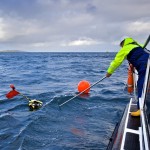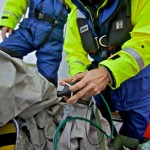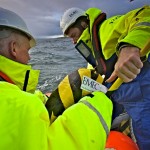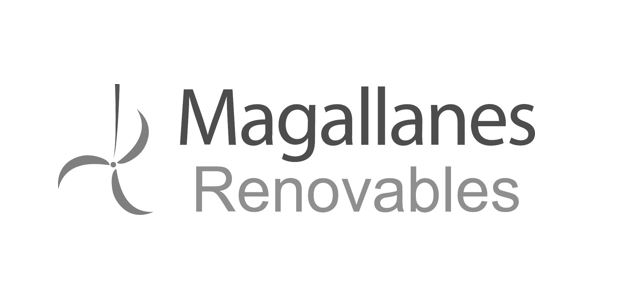Press release: International experts report on passive acoustic monitoring in high tidal flows
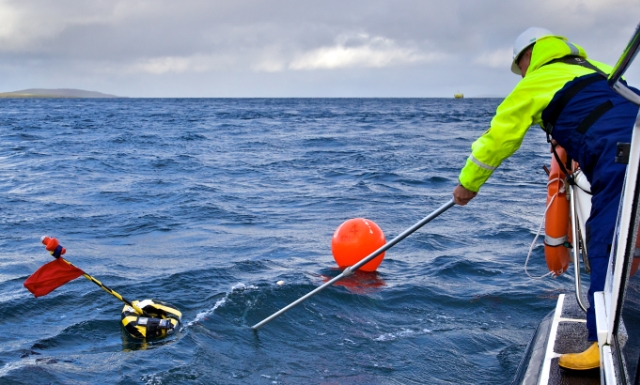
EMEC acoustic survey 2019 (Credit Colin Keldie)
The Pathway Program has published a new report incorporating international expertise on passive acoustic monitoring (PAM) in high tidal flow environments.
The report was compiled following an online workshop in April 2020 which brought together over 40 PAM experts from Canada, Denmark, UK and USA.
The Pathway Program is a multi-year collaborative initiative between the Offshore Energy Research Association (OERA) and the Fundy Ocean Research Centre for Energy (FORCE). The programme aims to improve the understanding of fish and marine mammal interactions with tidal energy devices by defining, testing and validating an environmental monitoring solution for the instream tidal energy industry and increasing regulatory confidence in monitoring capabilities. The key goal of the Pathway Program is to develop a toolbox of methods which can be applied, with fine tuning, to as wide a range of applications as possible.
Facilitated by the European Marine Energy Centre (EMEC), the online workshop enabled information-sharing about PAM work being completed as part of the Pathway Program and elsewhere in the world. The event facilitated knowledge sharing between research institutes, industry and stakeholders to build future collaboration opportunities in the sector.
The report suggests that recent advances in data collection and processing techniques allow for effective monitoring of harbour porpoises and other marine mammals in highly energetic tidal stream environments. Using these techniques, important data can be collected on the movements and near-field behaviour of marine mammals in close proximity to marine renewable energy developments.
The report advocates the need for open dialogue between regulators and the research community, noting it is a key part of designing effective, achievable, regulator-approved monitoring programmes. Regulator involvement at all stages of the monitoring process is essential and there must be ongoing dialogue between regulators and the scientific community and other relevant stakeholders.
It was also found that a one-size fits all monitoring solution will be difficult to achieve as deployment methodologies and data processing algorithms should be adjusted based on the specifics of a given site or application and regulatory requirements.
The Pathway Program’s report on the workshop held regarding passive acoustic monitoring in high tidal flow environments can be downloaded from the OERA website: Pathway Program Report: Passive acoustic monitoring in high flow environments.
Luiz Faria, Project Manager, OERA said:
“All marine renewable energy projects come with a need to monitor fish and marine mammal interactions with turbines in high flow sites. Through the Pathway Program, we’re working collaboratively with tidal energy developers, subject matter experts and regulators to establish a reliable monitoring solution. This workshop is one of many ways we’re evaluating evidence around what monitoring approach is most likely to achieve regulatory confidence.”
Dr Daniel Hasselman, Science Director, FORCE said:
“This workshop provided an opportunity for information sharing among international researchers, NGOs, tidal energy developers, and Canadian regulators. The presentations provided by experts in PAM revealed a solid scientific foundation for passive acoustic monitoring of echolocating marine mammals in high flow environments that is rooted in the peer-reviewed literature, and provides guidance for future monitoring efforts around tidal energy devices.”
Joshua Lawrence, Acoustic Engineer, EMEC added:
“EMEC greatly appreciates the opportunity to facilitate this workshop on behalf of the Pathway Program, OERA and FORCE, and are delighted with how well it was received by all the participants on an international scale. There were some excellent presentations on what is happening at the cutting edge of PAM development, which led to interesting discussions of what the priorities and future direction of the field should be over the coming years.”
